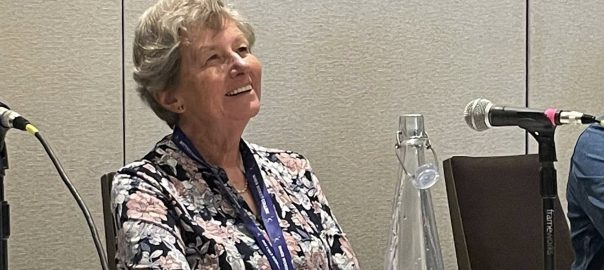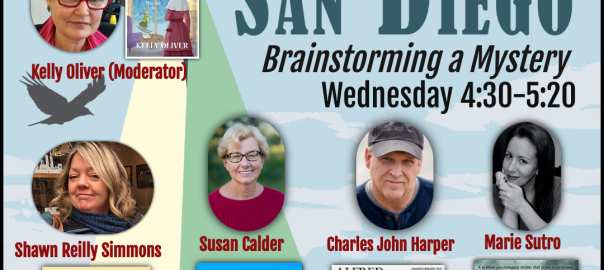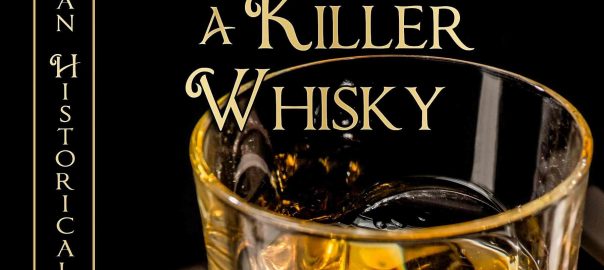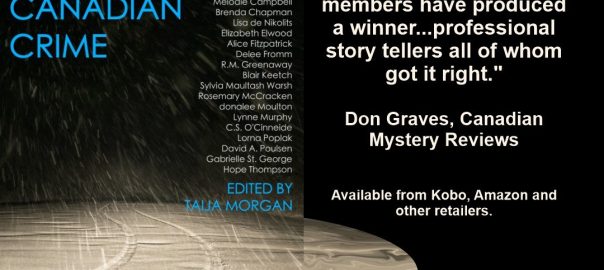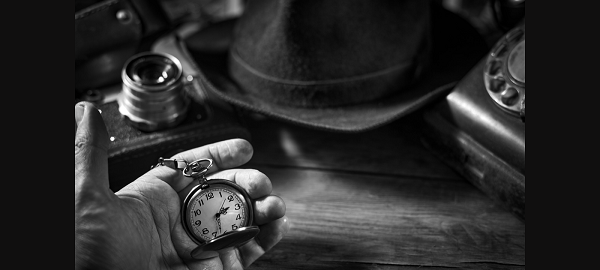In August, at Calgary’s annual When Words Collide Festival for writers and readers I sat on a panel titled Home Sweet Homicide: the multitude of ways victims die at or near their homes. The moderator asked us panelists to describe the various methods we’d used in our mystery novels and why we’d chosen those approaches.
I talked about my Paula Savard Mystery Series set in Calgary. Paula, my sleuth, is an insurance adjuster whose work gets her involved in crimes. In books # 2 and 3 of the series, Paula investigates a building fire and a hit-and-run collision near a victim’s home. She comes to suspect both apparent accidents were coverups for murder. Book # 4 begins with Paula investigating a theft from a bicycle store during the COVID-19 pandemic. A murder takes place in the adjacent furniture store, which has closed for the pandemic and become the home of a squatter. The victim is bashed on the head with a weapon of opportunity: a candlestick from the store’s dining room display.

The panel’s most engaging questions related to the allure of poisons and medications thanks to our expert panelist, Lee-Anne Hancock, a retired nurse who worked at the BC Drug and Poison Information Centre. Lee-Anne told us about ordinary plants and medicines that can kill if used incorrectly — or correctly from a killer’s perspective. She noted that poisoning has been called the female murderer’s method of choice, perhaps because it is less messy and violent and doesn’t require physical strength.
As a mystery writer, I’m intrigued by the medicinal method that can easily be disguised as an accident. In two of my short stories, someone kills a relative by administering an overdose of their prescribed medicine. Even if suspicions arise and victims are autopsied, it would be normal for traces of their own medicines to show up in their bloodstreams.
In my novel, A Killer Whisky, set in 1918 Calgary, a man dies in his living room after drinking a glass of whisky. His symptoms are consistent with the “Spanish Flu” that has struck the city and the attending doctor diagnoses the flu as the cause of death. But the man’s neighbour, who is the doctor’s receptionist, suspects someone laced the whisky with a poison or a medicine that reacted with the alcohol to produce a toxic brew. She convinces a sympathetic police detective to investigate.
The Home Sweet Homicide panel took a light hearted approach that entertained the audience at the end of a busy festival day. Afterward, I pondered why I’ve tended to kill off my novel victims in their homes or on nearby streets rather than farther away. I came up with three thoughts.
1. My killers and victims always know each other, which is most common with real life murders, and relatives and friends often hang out together at or near their homes.
2. Homes are, by definition, private rather than public. There will likely be fewer potential witnesses to a crime and perhaps no witnesses. Any friends or relatives present might lie or conceal information to protect themselves, someone else, or the victim.
3. Home is supposed to be our safe place. A home break-in feels like a violation, and a killing in our home or neighbourhood threatens our sense of security.
